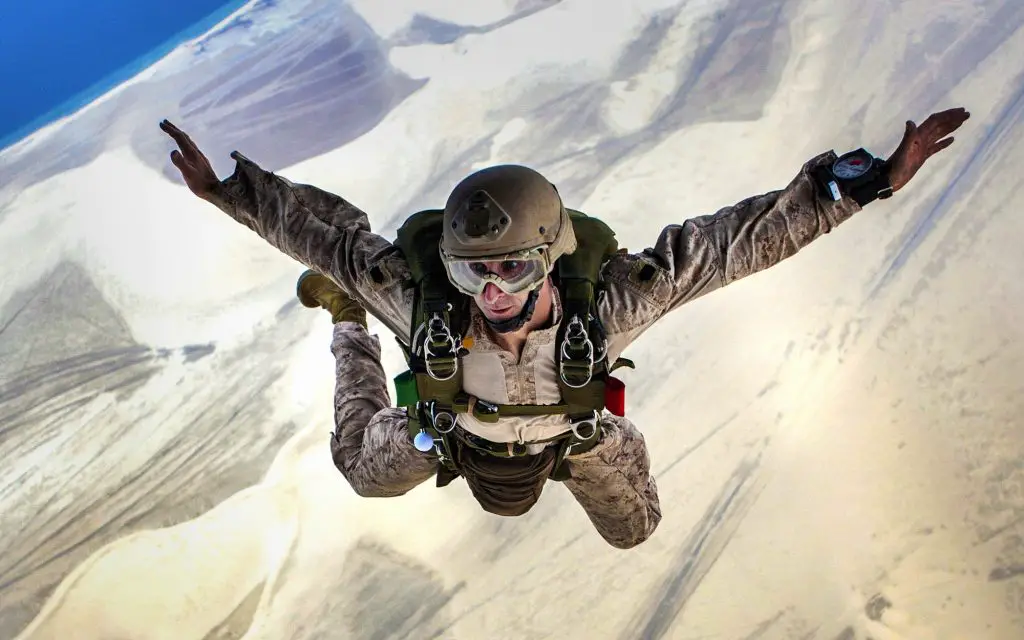Indoor Skydiving or “body flight” is becoming more and more popular since first introduced to public recreation in the early 2000s. It was first used for aerodynamics research and as a tool for the training of skydivers. Eventually, Indoor Skydiving became an epic recreational activity to the public.
With the simulation of a real skydiving experience without actually having to jump from a plane, Indoor Skydiving is perfect for those who have fear of heights. It is also the safest alternative to real skydiving at a significantly lower cost.
Indoor Skydiving is a fun and exciting recreation for everyone!
Overview and Frequently Asked Questions (FAQs) About Indoor Skydiving
What Is Indoor Skydiving
Indoor Skydiving is a recreational activity that simulates a real skydiving experience using a wind tunnel. The wind tunnel creates a similar condition to experience skydiving without having to jump from a plane.
Indoor Skydiving or wind tunnels were first used for aerodynamics research and as a training tool for skydivers. Today, Indoor Skydiving is a great indoor sport and an alternative to much more expensive and more risky skydiving from a plane.
How Much Money Does Indoor Skydiving Costs?
Indoor Skydiving prices vary depending on the package inclusions and also depend on the Indoor Skydiving center itself. But on average across all centers, the basic Indoor Skydiving package costs around 70 to 100 US Dollars. This amount includes are the necessary stuff for indoor flight, including the training and the instructor.
How Long Does an Indoor Skydiving Session Last?
The actual fly time for a regular or basic session of Indoor Skydiving usually lasts for about 1 to 2 minutes. But including briefing and orientations as well as other pre and post preparation, the whole experience lasts for about 2 hours.
One to two minutes fly time may sound short but something happens in the brain that forgets about time duration while floating in the air. A couple of minutes feel a lot longer in mid-air!
Who Are Allowed To Indoor Skydive?
According to iFly, they can accommodate between 3 to 103 years of age. Which is like saying almost everyone can and will be allowed to experience the flight. Also, a disability is not an issue either! As long as not pregnant or have a dislocated shoulder, every ability is welcome.
What Attire to Wear for Indoor Skydiving
In general, anyone can go to the Indoor Skydiving center wearing casual attire. The participants do not have to change their clothes for the flight. Instead, they will be given proper flight suits that are tailored and customized for Indoor Skydiving.
One question related to this is whether eyeglasses and other accessories such as watches are allowed in Indoor Skydiving. Eyeglasses are allowed but as for accessories, the participants need to remove those before doing the flight.
How Does Indoor Skydiving Feels?
Legitimate skydivers say that the Indoor Skydiving experience is pretty close to the real thing. It feels like a free-fall but not quite, it’s like being suspended in mid-air by the wind. Indoor Skydiving feels more like flying rather than falling to the ground.
Indeed Indoor Skydiving is such a great alternative to jumping off of a plane!
Is Indoor Skydiving Hard?
Once inside the wind tunnel, it feels like floating in mid-air and little body movement causes a sudden change in position which is overwhelming for the first time flyer. Adjustments, while suspended in mid-air, maybe hard but the good thing is that there will be an instructor who will accompany the participant and will give guides throughout the experience.
Those who are doing Indoor Skydiving regularly don’t need the guidance of the instructor anymore. These people are quite fascinating to watch because they can do a lot of tricks inside the wind tunnel.
Can You Eat Before An Indoor Skydiving Session?
It is a common notion that eating before an extreme recreation or sports especially involving heights is not allowed. Well, for the sake of not vomiting. But in Indoor Skydiving, it’s totally fine to eat before the flight. The feeling of being inside the wind tunnel is more of floating rather than falling, therefore nausea and motion sickness among the participants are rare.
